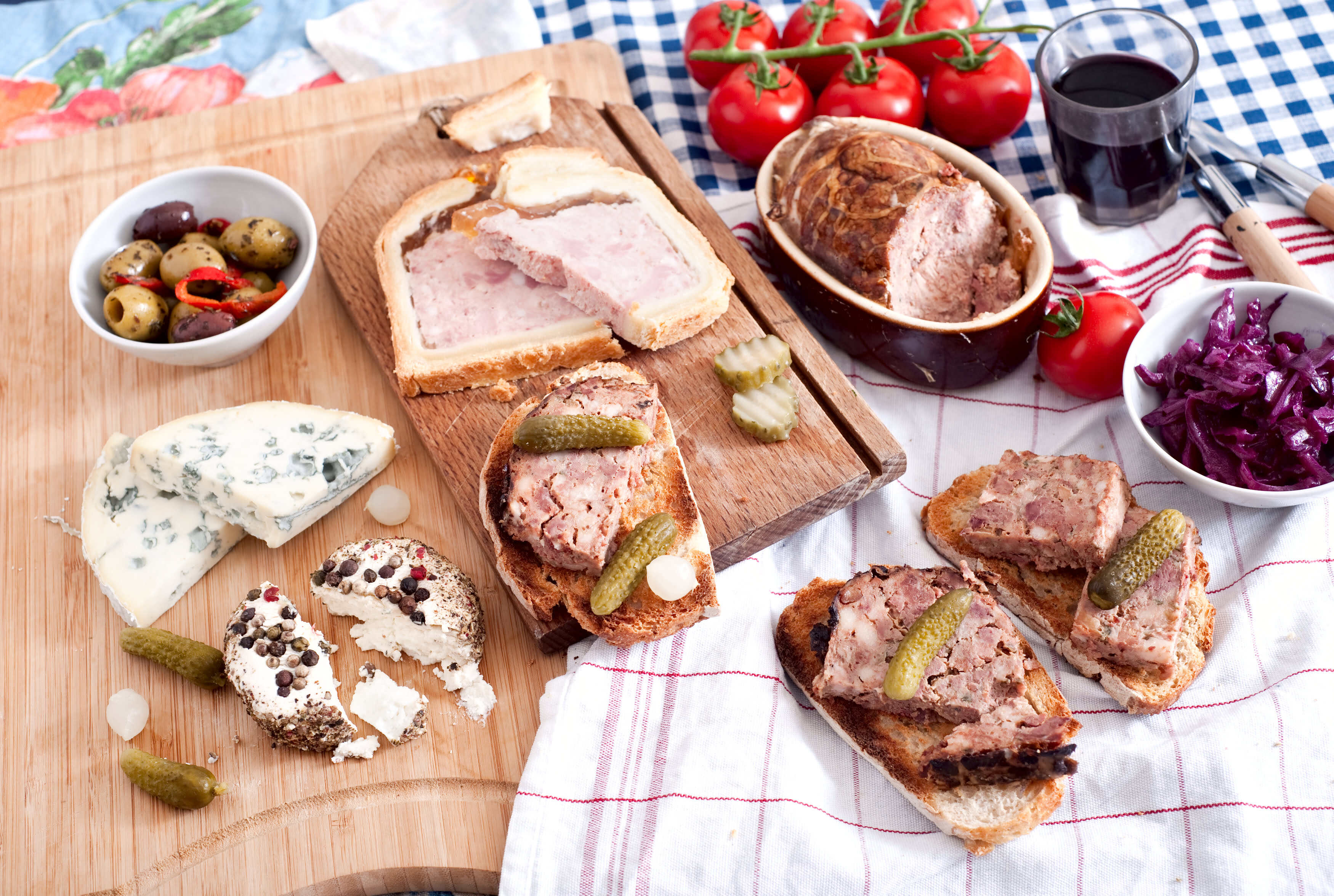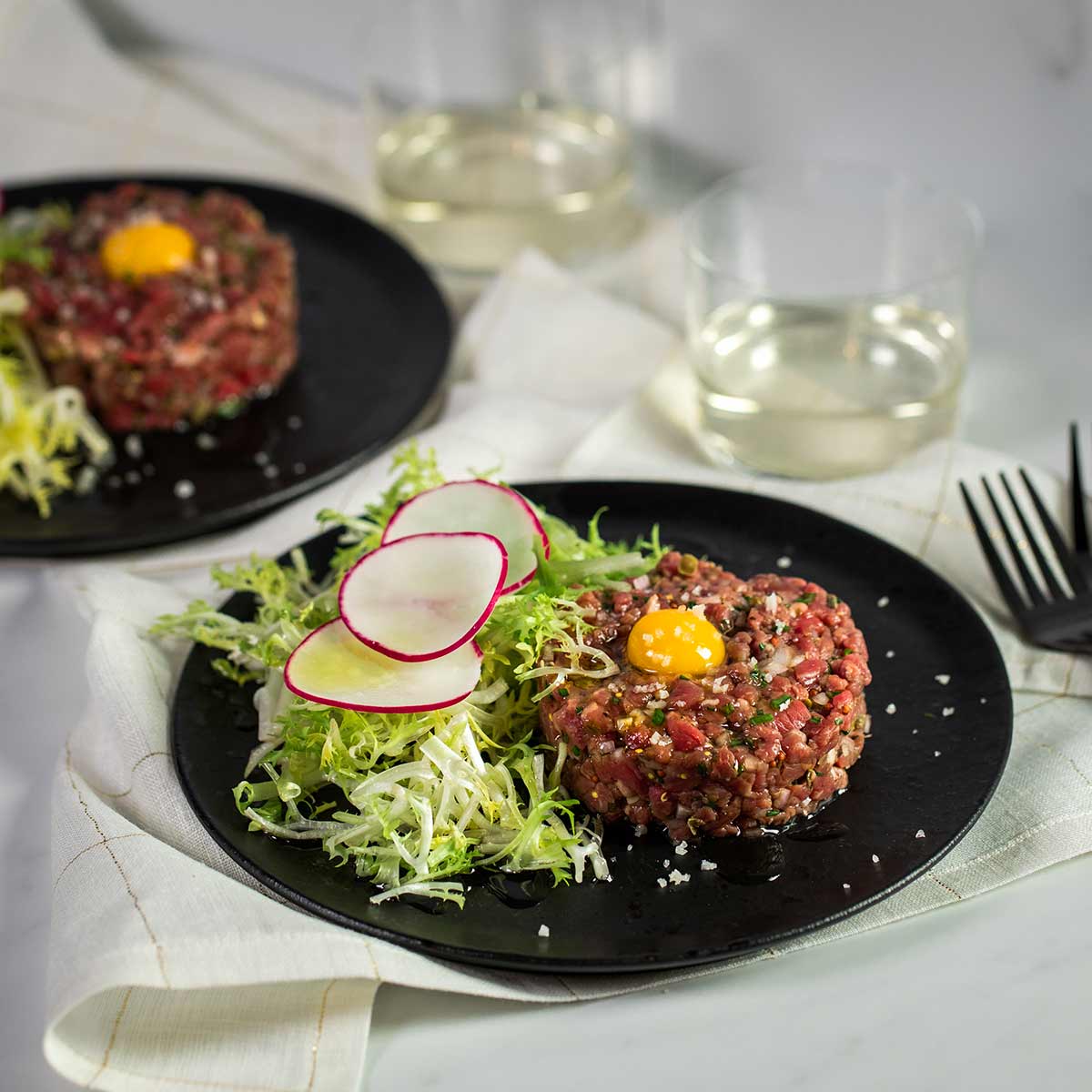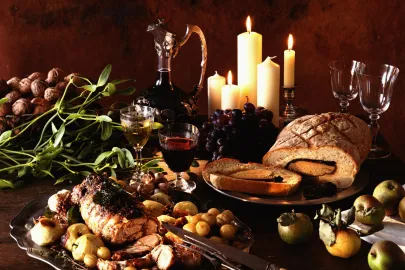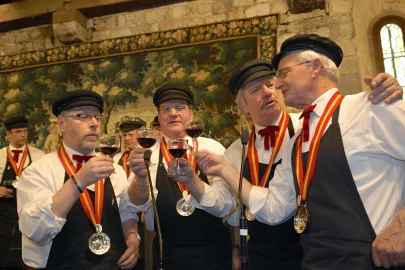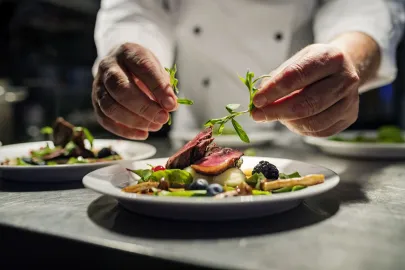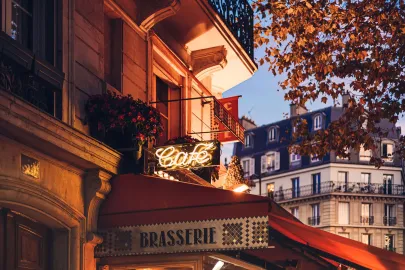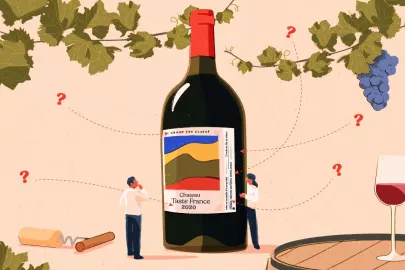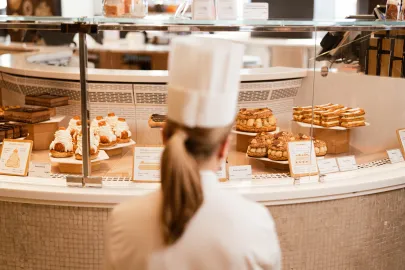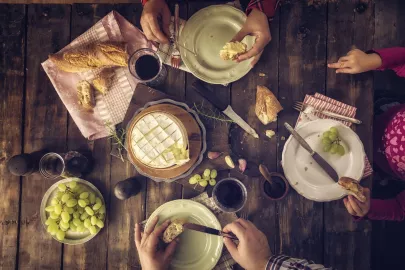Bouillon, bouchon, estaminet, bistrot… What are the key differences between all these types of French restaurants?
Much like Italy has its osteria and trattoria, France has its own rich landscape of traditional eateries. From the timeless Parisian bistro to the northern estaminet, each type of establishment tells a story of local customs, regional cuisine, and French savoir-faire. But what are the key differences between all those types of restaurants? Let’s take a look!
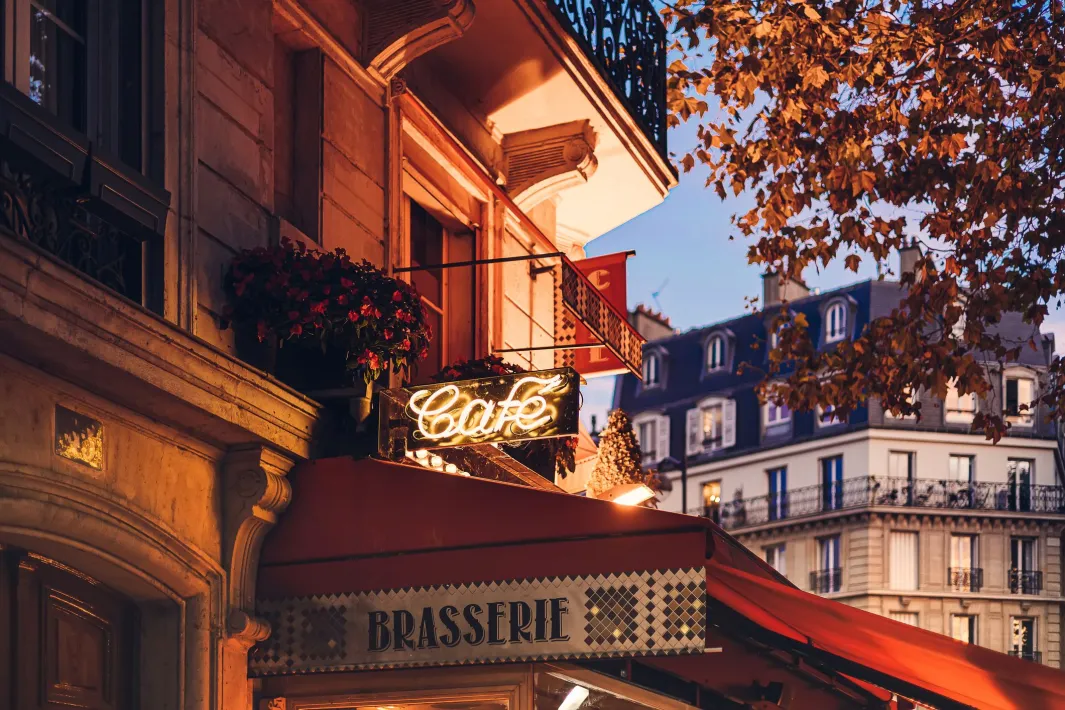
Bouillon: Parisian tradition at still reasonable prices
Bouillons were created in the 19th century to serve as the canteen for working-class Parisians. The goal was to offer nourishing, family-friendly cuisine at very low prices. Even their name — bouillon — means broth in French, an ode to traditional, simple home-cooked meals.
While their popularity dwindled in the 20th century, bouillons are experiencing a true revival on the French gastronomic scene, with Parisian icons such as the Bouillon Chartier, Bouillon Pigale or Brasserie Dubillot taking center stage. The menu is still focused on hearty and traditional meals, such as œufs mayo, blanquette de veau, and poireaux vinaigrette and ingredients sourced from the French terroir like Charolais beef or lentils from Le Puy.
With their no-reservation policies, long communal tables, waiters in livery and authentic flair, new bouillons prove that traditional French fare can be both accessible and communal without sacrificing quality.
Bouchon : the soul of Lyonnais cuisine
Nowhere does the French commitment to regional food culture shine brighter than in Lyon, and the bouchon is its most beloved symbol. Originally catering to factory workers, bouchons are cozy, unpretentious establishments serving authentic, hearty dishes that made the region famous.
But be warned, most bouchons are not exactly vegetarian-friendly! The focus is heavy on cured meats (or, as we say in French, charcuterie) and meat, featuring local classics like andouillette, quenelles de brochet, saucisson brioché and tablier de sapeur. They are often accompanied by an extensive wine list from the Rhône Valley and rounded off with cervelle de canut, a herbed cheese spread that’s as Lyonnais as it gets.
To preserve this culinary heritage, the city of Lyon has created a label: Authentique Bouchon Lyonnais. Establishments that earn it commit to traditional recipes, locally sourced ingredients and a particularly lively atmosphere, with checkered tablecloths, good music and ambience.
Estaminet: Northern charm and Flemish roots
Regions in the North of France also have their traditional establishments, which are called estaminets. They are taverns, traditionally blending French and Belgian cuisine, that were originally used more as a gathering place than a true restaurant.
The estaminet is where locals drink beer, play cards, and enjoy simple yet hearty dishes celebrating regional specialties like carbonade flamande (beer-braised beef), potjevleesch (a chilled terrine of meats), or welsh rarebit topped with local cheese and egg.
Many estaminets proudly work only with local farmers and producers, making them true champions of short supply chains and traditional savoir-faire.
Bistro: a timeless French icon
Watch any photograph or video of major French cities, and you’ll spot similar-looking restaurants lining the sidewalks, with extensive terraces and a traditional flair. These are bistros, the quintessential French restaurants.
Originally small cafés serving simple dishes, bistros evolved into neighborhood fixtures with handwritten menus, seasonal cooking, and an atmosphere that ranges from casual to elevated.
There, you’ll find traditional French offerings such as steak tartare, boeuf bourguignon or tarte Tatin, but depending on where you are in France, you might also find Basque piperade, Breton galettes, or Provençal ratatouille.
The wave of neo-bistros opening up everywhere in France nowadays is looking to elevate the experience, blending French technique with a focus on organic vegetables, natural wines, and ethically raised meats. Many partner directly with farmers and artisans, putting the spotlight on traceability and taste.
A celebration of French terroir
Whether heading to a bouillon in Montmartre or a bouchon in the old Lyon, you will find much more than just a place to eat. These establishments are living reflections of French regional identity and a delicious way to experience the very best of traditional, terroir-driven savoir-faire.
Behind each dish is a network of small producers, traditional artisans, and time-honoured recipes, all working together to preserve what makes French food culture so unique.
Bon appétit!

